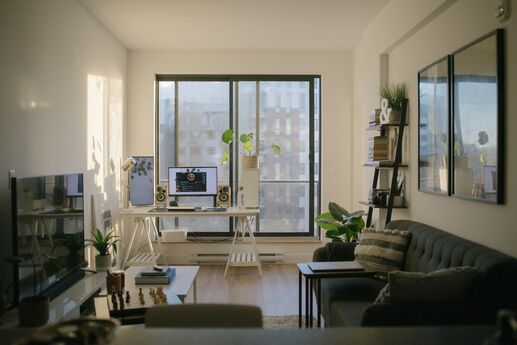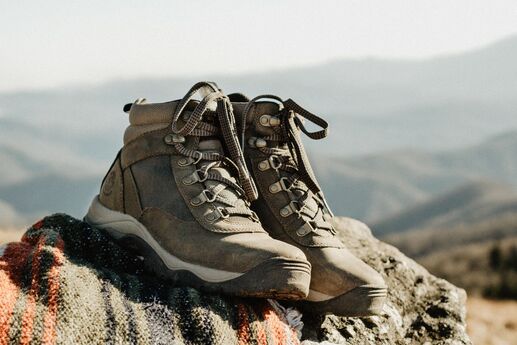Secrets Your Apartment Reveals About You
We all know that feeling of elation when the girl you’ve had your eye on for months finally agrees to go out with you. Maybe you start out slowly with a trip to the local Cineplex, and then you kick things up a notch by taking her out for cocktails and a romantic dinner. Before you know it, things are going so well that she’s asking when she can come over to check out your place.
Judgment Day
“Women are very snoopy,” says Tineke Triggs, owner of Artistic Designs for Living, a San Francisco–based interior design company. “We take note of the books on your shelf, the movies you watch and anything else that will tell us something about you.”
As a woman, Triggs admits to being a bit of a clean freak. “If a guy’s place isn’t clean, I just wouldn’t date him,” she confesses. “His place doesn’t have to be perfect, but above all, it has to be clean.” As a designer, the first thing Triggs looks for in someone’s home is how the space feels emotionally. “If the place looks staged and doesn’t have any personal attachment, it’s tough to get a sense of the owner,” she says. “And that usually means they don’t have much to talk about.” According to Triggs, your apartment should be a showcase for your identity. A woman will not only look for clues about your tastes in color and furniture, but also for items that tell her about your life. Adds Triggs: “If I walk into a space and see lots of eclectic things -- souvenirs from Africa or Europe, for instance -- I can usually get a clear idea of the stories a man can tell.”
Major Turn-offs
Your apartment is ground zero in the relationship game. So if you’re going to get your space working for you, you’ll need to start by fixing anything that’s going to turn your date’s smile into a frown or cause her to shriek with displeasure and bolt for the door. “Really big turn-offs for women include things like cheesy black Italian leather couches and having a pool table instead of a dining table,” says Triggs. She also suggests staying away from big arcade games, putting up posters or painting your walls in pastel colors.
Try putting yourself in the shoes of someone coming into your home for the first time. Triggs feels that if your apartment is filled with your parent’s old furniture, a woman might assume you’re a mama’s boy. Or if the place is dominated by a gigantic TV set, she might conclude you’re obsessed with sports and not really focused on anything else. “When you invite a woman into your house, more than anything, she’s going to sense if you care about where you live,” says Triggs.
Passing Inspection
So how do you send the right message to the girl you want to impress? Highlight what’s important to you and showcase your personality. “If I were working with a rugged outdoorsy guy, for example, I’d start by picking colors and materials in natural tones,” she says. “I’d select furniture and accessories that compliment his lifestyle and the way he presents himself.”
But if you don’t have the budget for full apartment makeover, Triggs has some tips that will still go a long way toward earning a female stamp of approval:
- Get rid of all your clutter.
- Arrange your furniture so that it’s inviting and shows that you’ve thought the design process through.
- Step up and buy some art. It doesn’t have to be original or expensive; prints and photographs are fine as long as they are framed nicely.
- Invest in some nice dishes and glassware. “If you’re going to be entertaining a woman, you’ll score a lot more points if you serve her wine in a beautiful wine glass rather than a clunky beer mug,” says Triggs.
- Get a second opinion. Whether it’s a close friend or a professional, it’s important to have someone working with you when you’re designing your space, advises Triggs. They’ll help give you some perspective.
Photo by Med Badr Chemmaoui on Unsplash





